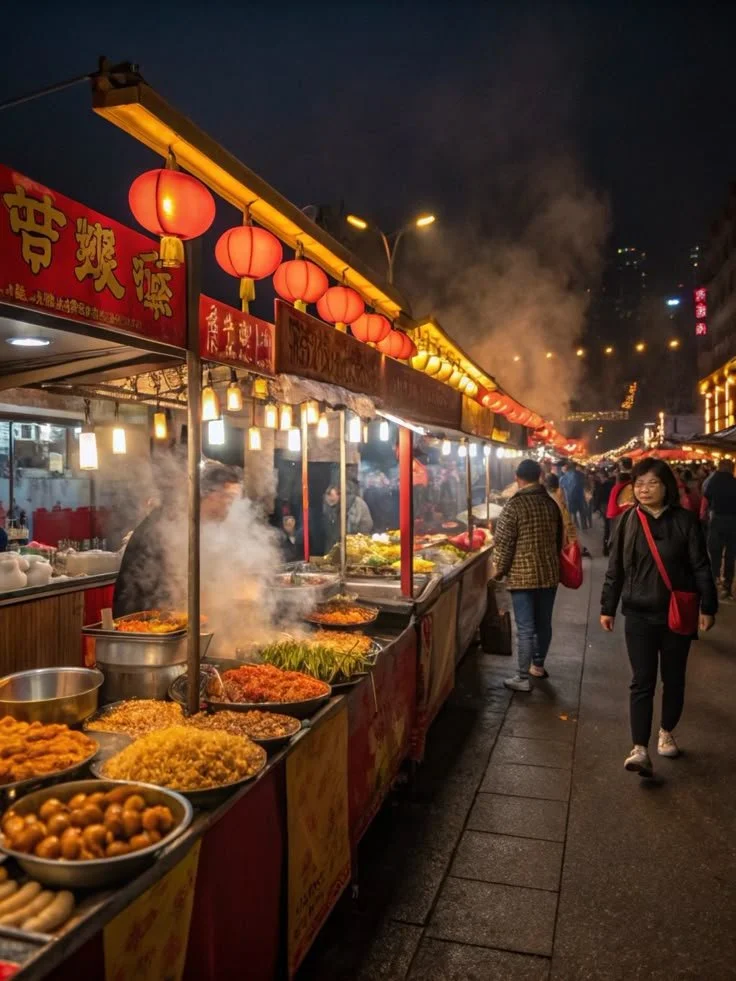Culinary Tourism: Why Food Is the New Way to Travel
These days, travel is less about lounging—you’re likely choosing your next destination based on where you can eat. As a result, culinary tourism has become one of the fastest-growing segments in experiential travel. Moreover, it offers cultural insight, local connection, and unforgettable memories—all through the power of flavor.
What Is Culinary Tourism?
Firstly, it’s travel centered on the local food scene—street eats, farm-to-table meals, cooking classes, tasting tours, markets, and food festivals .
Also, it goes beyond dining—it dives deep into traditions, techniques, and storytellers behind each dish.
Why It’s Booming in 2025
Furthermore, food now shapes travel choices more than ever.
For example, 78% of travelers say food is a major factor in choosing a destination, and over half spend more on eating while away than at home .
Additionally, the global culinary tourism market reached nearly $1.1 trillion in 2024 and is forecasted to soar, with a CAGR of 15–17% in the coming years .
Experiences That Transform Travel
Also, real immersion is key:
Markets & street food are top draws—76% visit markets, 48% try street eats .
Cooking classes are beloved—they engage 45% of food tourists.
Farm‑to‑table experiences bring another immersive layer—chosen by 41% of travelers.
Authenticity Drives the Movement
Likewise, travelers want more than “tourist meals.”
Because, food connects people to local culture and heritage .
Thus, hands-on experiences—shopping markets, cooking traditional recipes, talking to artisans—build meaningful understanding.
Social Media Amplifies the Trend
Meanwhile, food-focused travel content on Instagram, TikTok, and YouTube has fueled this surge.
As a result, culinary destinations go viral—and travelers plan itineraries around trending dishes .
Food as Luxury and Wellness
Moreover, high-end travelers now prioritize dining almost as much as accommodations .
Also, socially conscious options—organic, plant-based, locally sourced—are attracting wellness-focused tourists.
Boosting Local Economies
Furthermore, culinary tourism fuels local growth.
Specifically, it supports farmers, artisans, chefs, restaurants, and market vendors .
Additionally, destination marketing teams recognize their value and invest in festivals, food trails, and cultural events.
Emerging Global Food Destinations
In fact, up-and-coming culinary cities are hitting the spotlight:
Arequipa, Peru, for regional flavors
Gaziantep, Turkey, for baklava and local cuisine
Glasgow, Rwanda, Penang, Lyon, and Turin are earning acclaim.
Also, micro‑food hubs—Abidjan, Ljubljana, Goa, and Providence—are rising in prominence .
Luxury Food Retreats and Festivals
Additionally, exclusive food travel options are growing faster.
For instance, signature chef-led retreats like “Kitchen in the Wild” offer multi-night stays in remote locales for up to $12,000 per person .
Also, city festivals like Adelaide’s “Tasting Australia” fuse gastronomy with travel, art, and entertainment .
Sustainable Eating on the Move
Moreover, travelers increasingly choose sustainable dining to reduce waste, support local farms, and make eco-conscious choices .
As a result, culinary tourism is aligning with slow travel, eco‑tourism, and ethical frameworks that honor food’s origins.
How You Can Embark on a Culinary Journey
Research authentic food tours in your destination
Schedule hands-on experiences—market tours, cooking, and foraging
Dine local—pick communal spots, street carts, family-run cafés
Attend festivals—timed events often define food culture
Choose sustainable options—farm, zero-waste, or organic experiences
Final Thoughts
Culinary tourism is more than a travel trend—it’s an immersive philosophy.
By exploring culture through flavor, travelers discover history, identity, and connection.
Ultimately, food isn’t just fuel—it’s the heart of a destination’s story.
So, the next time you plan a trip, let your taste buds lead the way.


